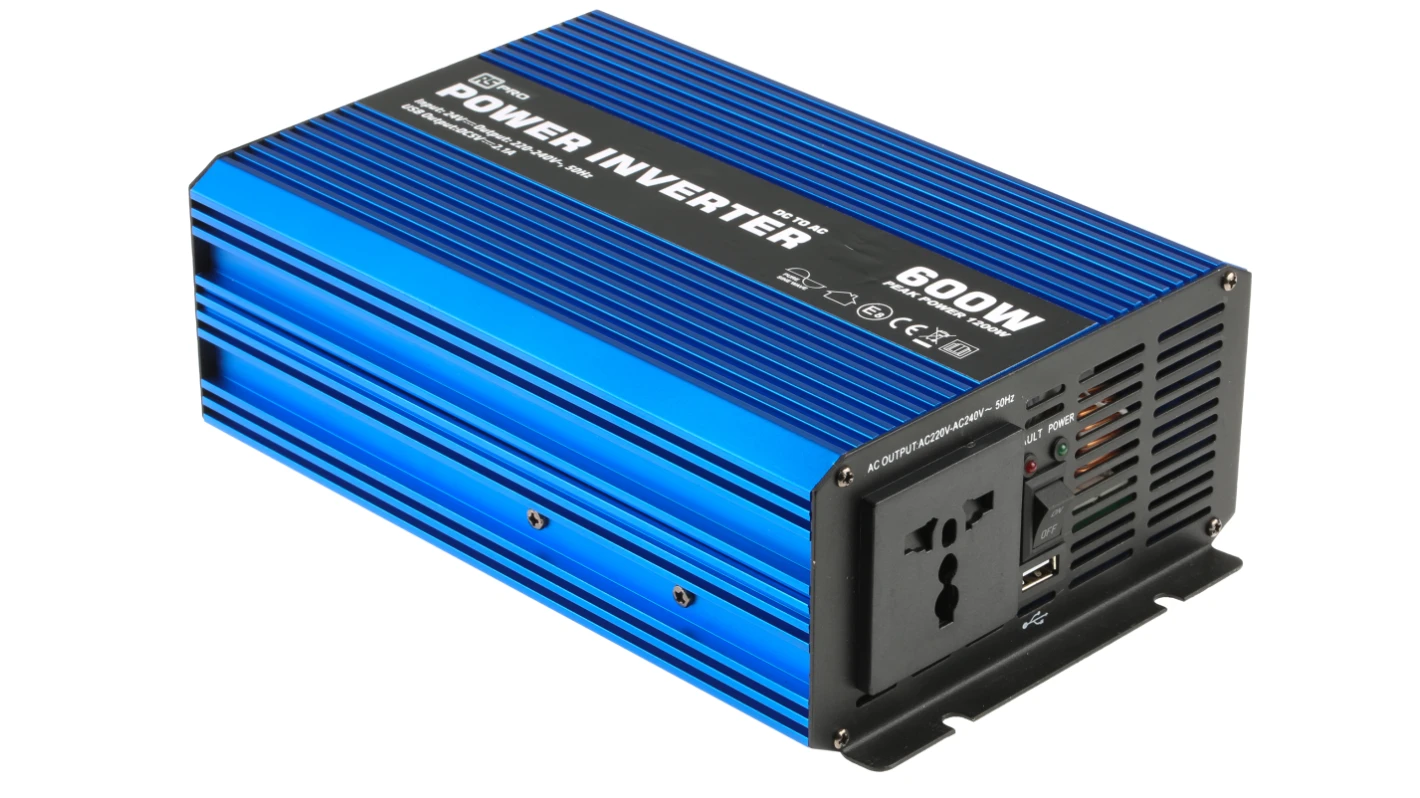In the world of energy storage, the battle between lithium and lead batteries is one of technology, efficiency, and sustainability. As we move towards a greener planet, understanding the advantages of lithium batteries over their lead-acid counterparts is crucial. This article delves into the specifics, offering insights into why lithium batteries, such as wall mounted lithium battery systems, are becoming the go-to solution for both residential and commercial energy storage needs.
Efficiency and Performance
Higher Energy Density
Lithium batteries boast a significantly higher energy density compared to lead batteries. While a typical lead battery might offer an energy density around 30-50 Wh/kg, lithium batteries can provide upwards of 150-200 Wh/kg. This means lithium batteries can store more energy in the same amount of space, making them ideal for applications where space and weight are critical considerations.
Faster Charging Speeds
Charging speed is another area where lithium batteries excel. They can accept a faster charge rate, reaching up to 80% of their capacity within an hour, while lead batteries may take several hours to reach a similar state of charge. This rapid charging capability enhances user convenience and operational efficiency, particularly in applications requiring frequent charge and discharge cycles.
Greater Cycle Life
The cycle life of a battery refers to the number of charge and discharge cycles it can undergo before its capacity falls below 80% of its original capacity. Lithium batteries outperform lead batteries significantly in this aspect, with lithium batteries often capable of 1,000 to 5,000 cycles, in contrast to the 300 to 500 cycles typical of lead batteries. This longevity reduces the need for frequent replacements, thereby lowering long-term costs and environmental impact.
Cost and Sustainability
Lower Total Cost of Ownership
While the upfront cost of lithium batteries is higher than that of lead batteries, their longer lifespan, greater efficiency, and fewer maintenance requirements contribute to a lower total cost of ownership over time. The extended cycle life and higher energy density of lithium batteries mean they can deliver more energy over their lifetime, providing better value for money in long-term applications.
Environmental Impact
Lithium batteries are generally considered more environmentally friendly than lead batteries. They contain fewer toxic materials and have a lower environmental impact during production and disposal. Furthermore, the efficiency and longevity of lithium batteries contribute to reduced waste and energy consumption over their lifecycle.

Application Flexibility
Versatile Installation Options
Lithium batteries, such as the wall mounted lithium battery, offer flexible installation options that make them suitable for a wide range of environments and applications. Their compact size and lighter weight allow for innovative setups, including wall mounting, which can save valuable floor space in residential or commercial settings.
Broad Operating Temperature Range
Lithium batteries operate effectively across a broader temperature range than lead batteries. This resilience to extreme temperatures makes them suitable for use in a variety of climates, ensuring reliable performance under most conditions without the need for additional heating or cooling systems.
Conclusion
Lithium batteries present a superior option for energy storage across numerous metrics: efficiency, performance, cost-effectiveness, and environmental sustainability. Their higher energy density, faster charging times, longer lifespan, and flexibility in installation and application make them the preferred choice for modern energy storage solutions. As the demand for efficient and sustainable energy storage grows, lithium batteries are set to play a pivotal role in the transition towards a cleaner, more energy-efficient world.
